The challenge today is how to represent the magical plants from Harry Potter that will be part of Sprout’s Greenhouse for this year’s Flower Show entry.
First I started with a list of the magical plants that appear in the books, movies, games, and websites. The list and an explanation of the plants can be found in several places including at the Harry Potter Lexicon and the Harry Potter wiki, and a few muggle-world equivalents can be found at Dave’s Garden and Idiot’s Guide.
The challenge becomes finding real-world equivalents, in miniature, to the Harry Potter magical plants. Remember our rules are that we have to use all real plant materials (so I can’t, for example, design a Venomous Tentacula vine out of string or clay).
So far, I have chosen the following plants to include: Mandrake, Rue, Gillyweed, Wolfsbane, Dittany, Devil’s Snare, Fanged Geranium, Bubotuber, Abyssinian Shrivelfig, Bouncing Bulb, Chinese Chomping Cabbage, Flitterbloom, Flutterby Bush, Gurdyroot, Honking Daffodil, Leaping Toadstool, Mimbulus Mimbletonia, Screechsnap, Venomous Tentacula.
MANDRAKE:
Mandrake is one of the plants that has many images in the HP universe. This makes matching it for the miniature setting harder because of the expectations of the audience who are familiar with these images. These are scenes of the repotting of the mandrakes in Greenhouse 3 in Harry’s second year.
This is an image of the repotting from the Pottermore site, a fan site developed by J.K. Rowling.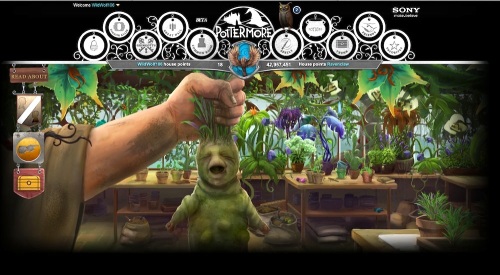
I am still working on whether to make the Mandrake root with clay or with 3D printing but for now the question is what plant to use to represent the foliage. The Mandrakes will be planted in both pots and on bedding benches so I need a lot of them. One choice is Blood Sorrel (Rumex) which I have been growing easily from seed. The veins are red rather than white (like in the movie) but in real life the plants to not have prominent veins.
The real Mandrake, which I am also growing, has no coloring in its veins:
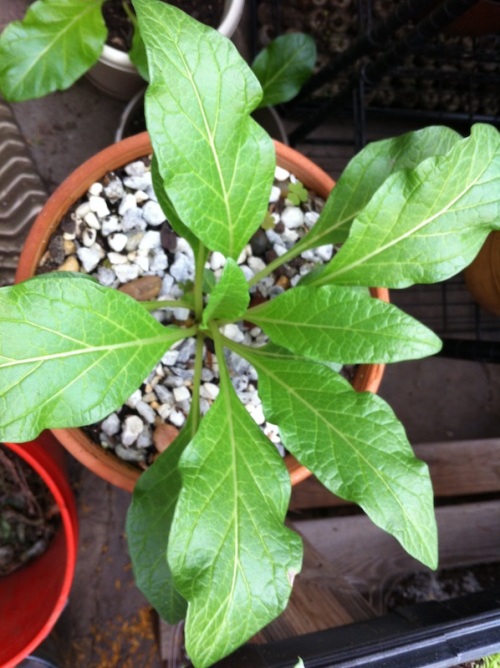
Another possibility is the Kalanchoe daigremontiana known as Mother-of-Thousands because of the little baby plantlets it drops. If I can keep the size of these down, they could work:
They will stay alive in both the beds and on top of the heads of the marauding roots I am designing and I have plenty of them. Other possibilities include Hypoestes Phylostachya (the white version of the pink polka dot plant)
or Fittonia albivens (rather than this pink one):
I am favoring the Kalanchoe at the moment.
RUE:
Rue is a real plant (Ruta graveolens) that has long been grown as an herb and as a medicinal plant. In Harry Potter it is mentioned as an antidote for poison when, in the Half-Blood Prince (book 6), Ron drinks poisoned mead and is given a rue mixture by Madame Pomfrey. I will use actual rue plant, taken from small cuttings, to stand in for the magical rue. Even though a plant with smaller leaves would be more accurate (this is a 2 inch pot) I think the unique bluish coloring of rue limits what plants can be used.

GILLYWEED:
Gillyweed was explained in a previous blog but to summarize, it is a water plant that Harry uses to be able to breathe underwater for one hour in the Triwizard tournament. We don’t see the full plant in the movies or books but we do see the slimy parts that Harry has to swallow:

The movie suggests that Neville reads about it in a book Mad Eye Moody lends him in the movie: Magical Water Plants of the Highland Lochs. In the book, gillyweed is said to be mentioned in a similar book, Magical Water Plants of the Mediterranean, but Harry does not manage to get that information from the book (Dobby gives it to him). Here is a replica of the Highland Lochs book designed by Betsy Coe for her Diagon Alley event in 2009:
It is likely that I will use Bacopa caroliniana to stand in for gillyweed because it is growing nicely in one of my tanks and has nice long stems like the ones Harry is holding.
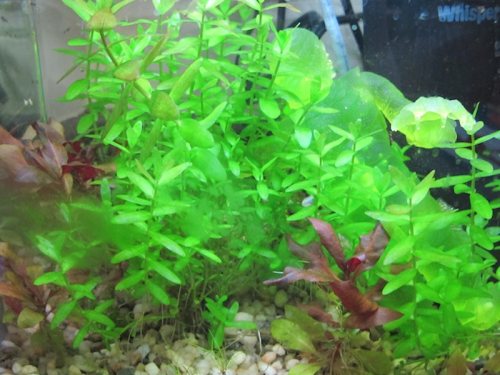
WOLFSBANE:
Wolfsbane (often mistakenly named wolfbane) is a real plant (Aconitum, also called monkshood) that has been used in many cultures as a poison and as an ingredient in herbal medications. In Harry Potter, wolfsbane is an ingredient in the potion that Severus Snape mixes up to give Remus Lupin (in Prisoner of Azkaban, book 3) so that his transformation into a werewolf is more controlled.
In the 1941 movie, The Wolf Man, starring Lon Chaney, Jr., wolfsbane is picked by one of the werewolf’s victims. Since most of the plant, including the flowers, are toxic to the touch, this is an unlikely scenario. Still, it connects the plant to the werewolf myth which was mostly developed in this early horror film.

You can see the clip of Jennie picking the wolfsbane (she calls it wolfbane) at this link:
Wolfsbane in The Wolf Man (1941)
This poem is recited throughout the film:
Even a man who is pure in heart
And says his prayers by night
Will become a wolf
When the wolfbane blooms
And the autumn moon is bright.
The plant I will use for wolfsbane needs to have the palmate leaves of the real plant:

One possibility is is Hedera helix ‘itsy bitsy.’ It does have a great leaf shape and is an erect plant, but I only have one.
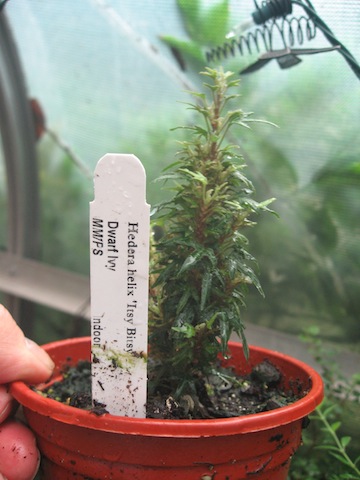
Perhaps sweet woodruff (Galium odoratum) is a possibility and I have just brought a few clipping into the greenhouse to see if they stay alive.

That is the end of Part 1. More to come.

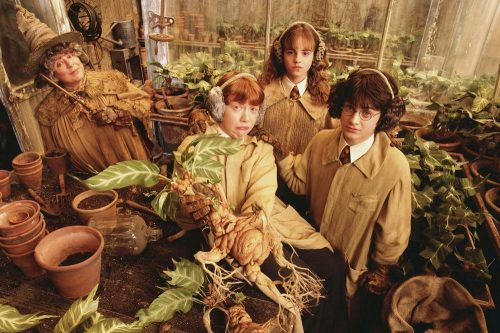



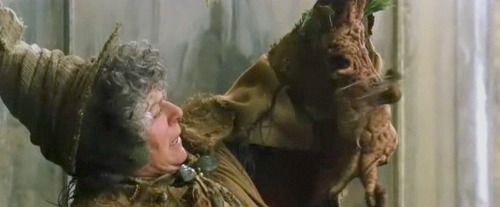

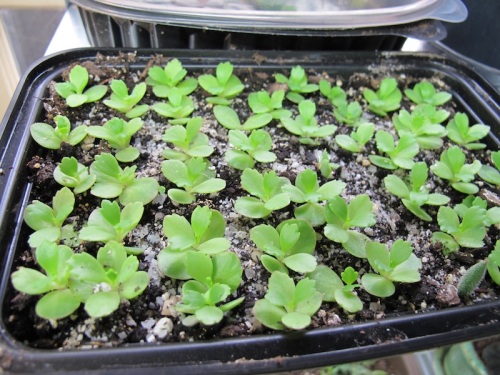
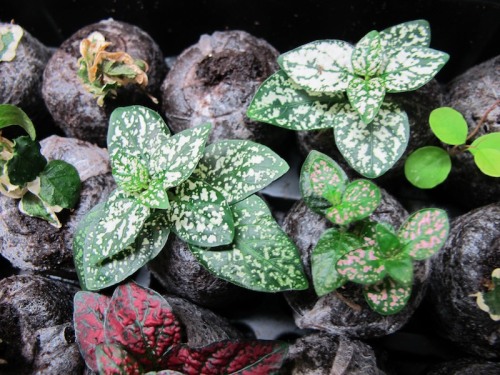







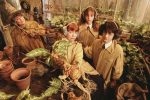
You must be logged in to post a comment.